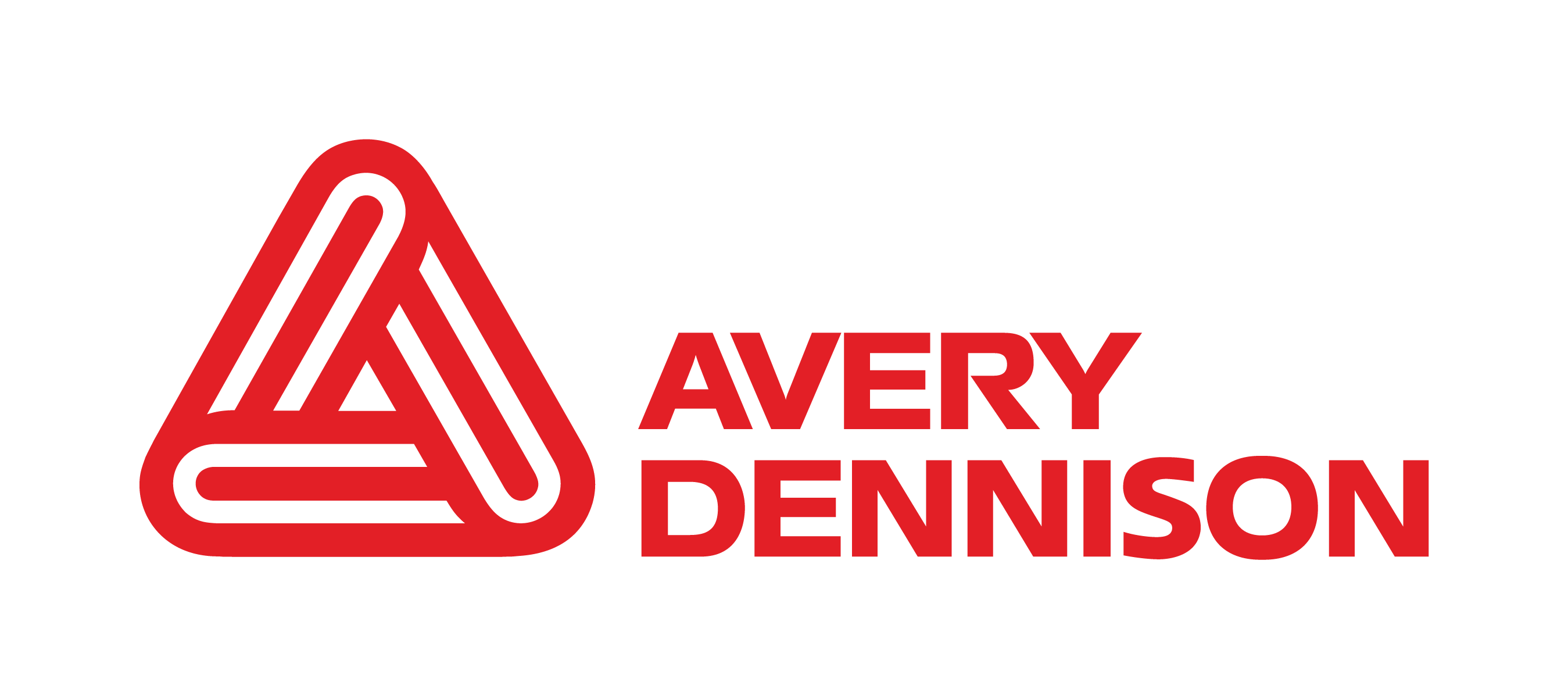The capacity of reuse infrastructure has often been exceeded as the population has grown and consumption has increased. Reuse has also been systematically replaced in the value chain thanks to the rise of more advanced recycling technologies. But as we move towards a future of regeneration, reuse is very much back on the sustainability agenda.
Teaming up to scale up reuse
Innovation in the reuse field is driven by startups who see a clear gap in the market. And when these innovators team up with established players such as ourselves, we can effectively drive the creation of the necessary solution and infrastructure at scale.
Max Bannasch, founder and CEO of German startup Circolution, is clear in his ambition to optimize reuse to maximize sustainability. “Here in Germany we have a history of reusable systems, our beverage bottle return system being the biggest in the world,” he says. “As we’ve had it in place for 70 years, we don’t have to reinvent the wheel.
“However, what’s important is that we don’t travel the reuse path blindly,” he continues. “We perform life cycle assessments that inform the process so that we choose the right route. Reuse may be the most sustainable option for one product but not for another, so it’s essential that we match the problem with the correct solution.”
Environmental and economic benefits
Meanwhile, UK startup Again is helping brands scale reusable packaging by providing shared reverse logistics solutions and sorting and cleaning technology. Their founder and CEO, Matt Kennedy, recommends an intentional approach to reuse.
“We see 62% lower emissions with every reuse, halving the waste created by producers in the industry,” says Kennedy. “However, in practice the picture is complex. There are multiple factors to consider, from how many reusable containers come back and how many times they’re reused, to what the supply chain looks like when it comes to transporting reusable containers.
“Some of those factors erode the benefits of reuse. That’s why we’re looking at a decentralized model where we put our infrastructure into existing supply chains that can work with reverse logistics. As a starting point, we look at what packaging already exists and how reusable it is. In reality, a high proportion of existing packaging can play a role in reuse.”
The economic picture also makes a compelling argument for reuse. “The prices of the commodities that go into virgin materials are currently rising by 23% year on year, making reuse an appealing financial prospect,” Kennedy says. “We’re looking at a scenario that, in three years’ time, reuse will be significantly cheaper than a single-use alternative.”




